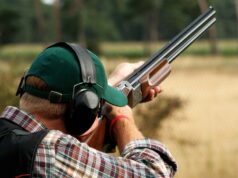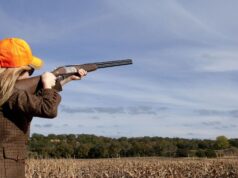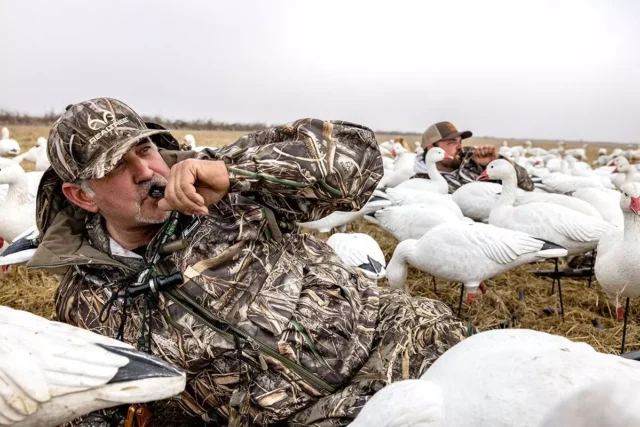
Coming up with new ways of hunting was one of the channels for our ancestors’ ingenuity. Once the old methods ceased working, the ability to find new ones was pivotal for people’s survival. Thus appeared many strategies you can find people using to this day. The times have changed and our lives no longer depend on the success of trips. Hunting techniques have also undergone some changes, though their core principles remain the same. In this guide, our sport store covers the most common hunting strategies together with tips on how to implement them effectively.
Why Do You Need to Know About Various Hunting Strategies?
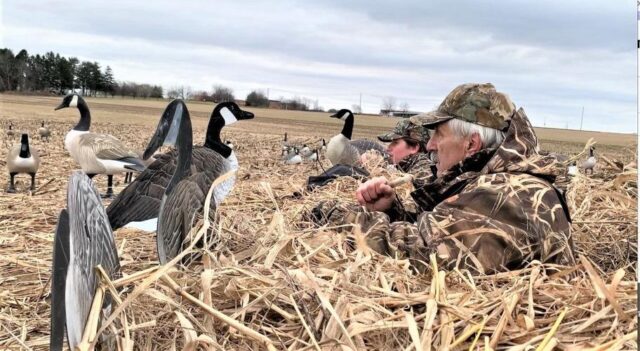
The answer to the question we asked is pretty simple: to know what to do and what to pack. Some things might come naturally to you like trying not to attract attention or being sneaky and silent, but that’s not the case for all hunting strategies. Sometimes you need to be loud and sometimes you bring a dog that will likely not follow all the instructions you give. Besides, there’s also the question of hunting gear. Some hunting methods require more equipment than others. With this introductory article, you can get acquainted with various hunting methods to further read on the style that piqued your interest.
Still Hunting
Still hunting, contrary to its name, doesn’t require the hunter to stand still all the time. This hunting technique involves stalking game animals by moving slowly and silently through their habitat with frequent stops for scanning and listening. Experts suggest that the latter should occupy ten times as much time as walking. Like other styles, still hunting requires patience and perception, but to a greater extent. For this reason, still hunting doesn’t rank among the most popular hunting methods. However, this technique is very effective while searching for larger game animals such as bears, deer and elk.
When it comes to gear, it’s essential to opt for apparel that produces the least noise. Hunters should also take into account various environmental factors, including wind direction and weather patterns, to avoid being detected. Scent eliminators will help obscure your presence from animals with a sharp smell. Mastery of still hunting will significantly improve a hunter’s chances of taking down elusive animals and can be an excellent way to enjoy nature.
Stalking
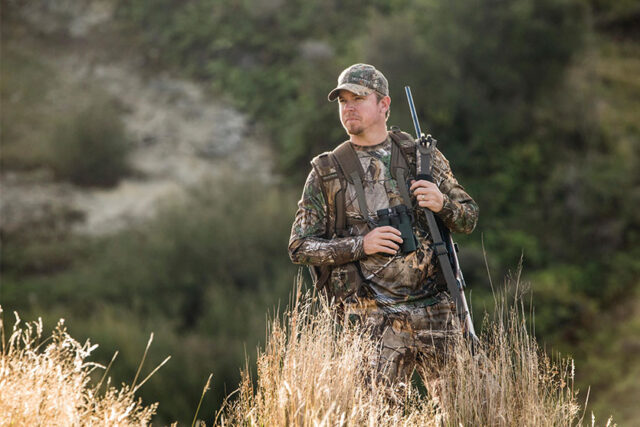
Stalking and still hunting have some common elements to them, but the two are still different techniques. The primary, even if slight, difference is in the nature of walking. If you stalk an animal, you know it’s been somewhere close rather than traverse the forest with plans of coming across one. There is always a lot going on in the forest, and animals, however stealthy they might be, leave traces. Those can be as obvious as literal tracks, a trail of morning dew, a path made through leaves and brush, droppings, sounds, scent, you name it. You could say that once a hunter finds that trace, stalking transforms into still hunting, but stalking enjoys more action.
The list of essential gear for a stalker is similar to that of a still hunter. You’ll need apparel and boots that can help you become as undetectable as possible, or at least don’t hamper your attempts at being stealthy. Stalking also requires the hunter to acquire a thorough knowledge of animals as well as the ability to spot and discern different tracks.
Drive Hunting
Drive hunting involves pushing game animals toward other strategically positioned hunters. It was one of the first methods that primal tribes came up with. Mammoth drive hunts were the theme for many cave paintings. This technique is highly effective for hunting in groups to target elusive game animals that are challenging to stalk.
This hunting method isn’t about stealth. Depending on your role, you either need to sit and wait for the animal to run to you or pose an active threat and drive the animal to run toward your compatriots. To be successful, hunters must communicate effectively, position themselves strategically to create safe shooting lanes and use natural or artificial barriers to push the game in a particular direction.
Stand Hunting
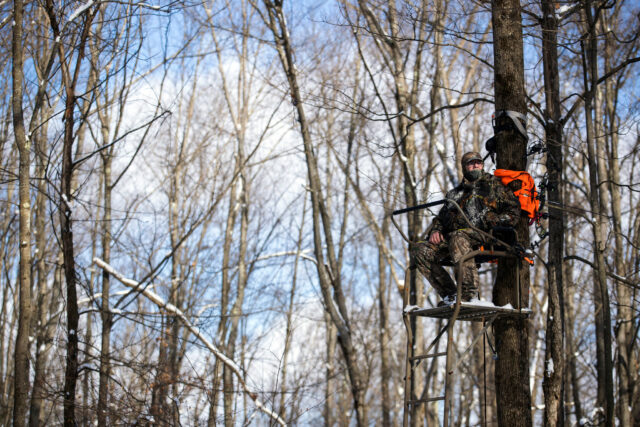
Stand hunting is a technique that involves positioning oneself in a stationary location for an extended period and waiting for game animals to come within range. This approach is highly effective for targeting game animals that frequent specific areas, such as feeding or watering spots. Since shooting animals near water holes is considered unsportsmanlike and is frowned upon, stand hunters usually do the work of luring animals themselves. The two options here are calling and baiting. The first involves replicating the sounds of a particular animal, while the second requires the hunter to place food near their stand.
This type is the most demanding in terms of equipment. First, you need a stand: a place where you’ll position yourself while waiting for the game to approach. There are several types of stands, including hang-on and ladder-style stands and climbers. You are free to choose whichever you like. You also need equipment for luring in an animal, be it game calls, decoys or baits.
As you can see, hunting strategies are diverse and require practice, patience, and knowledge to be effectively implemented. By understanding the different strategies and taking the necessary precautions, you can significantly increase your chances of success while staying safe and respectful of the environment and wildlife.

